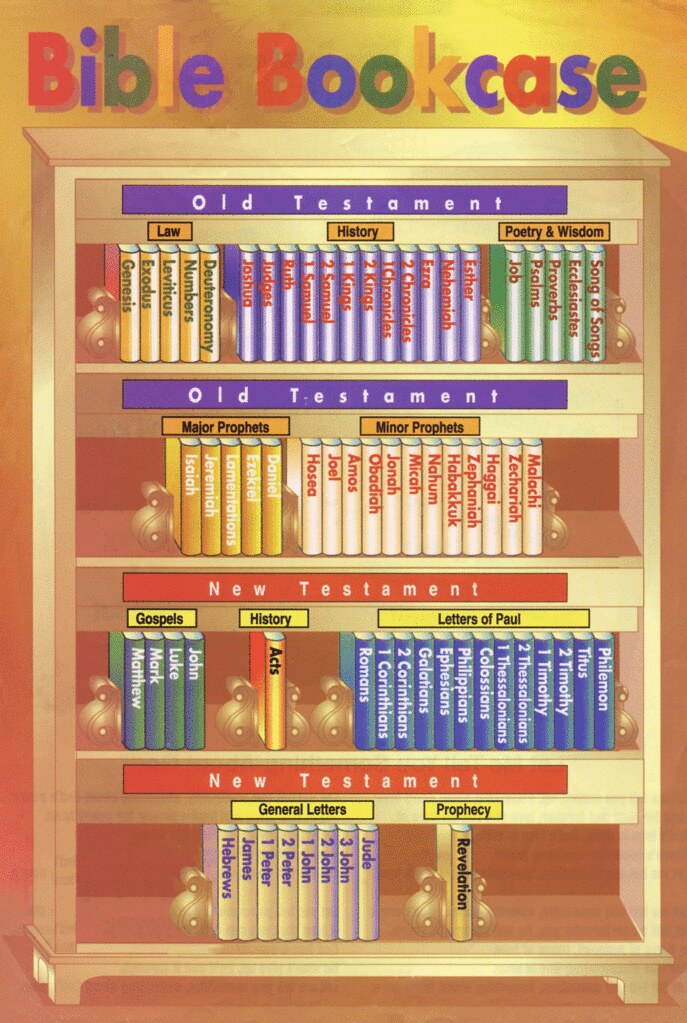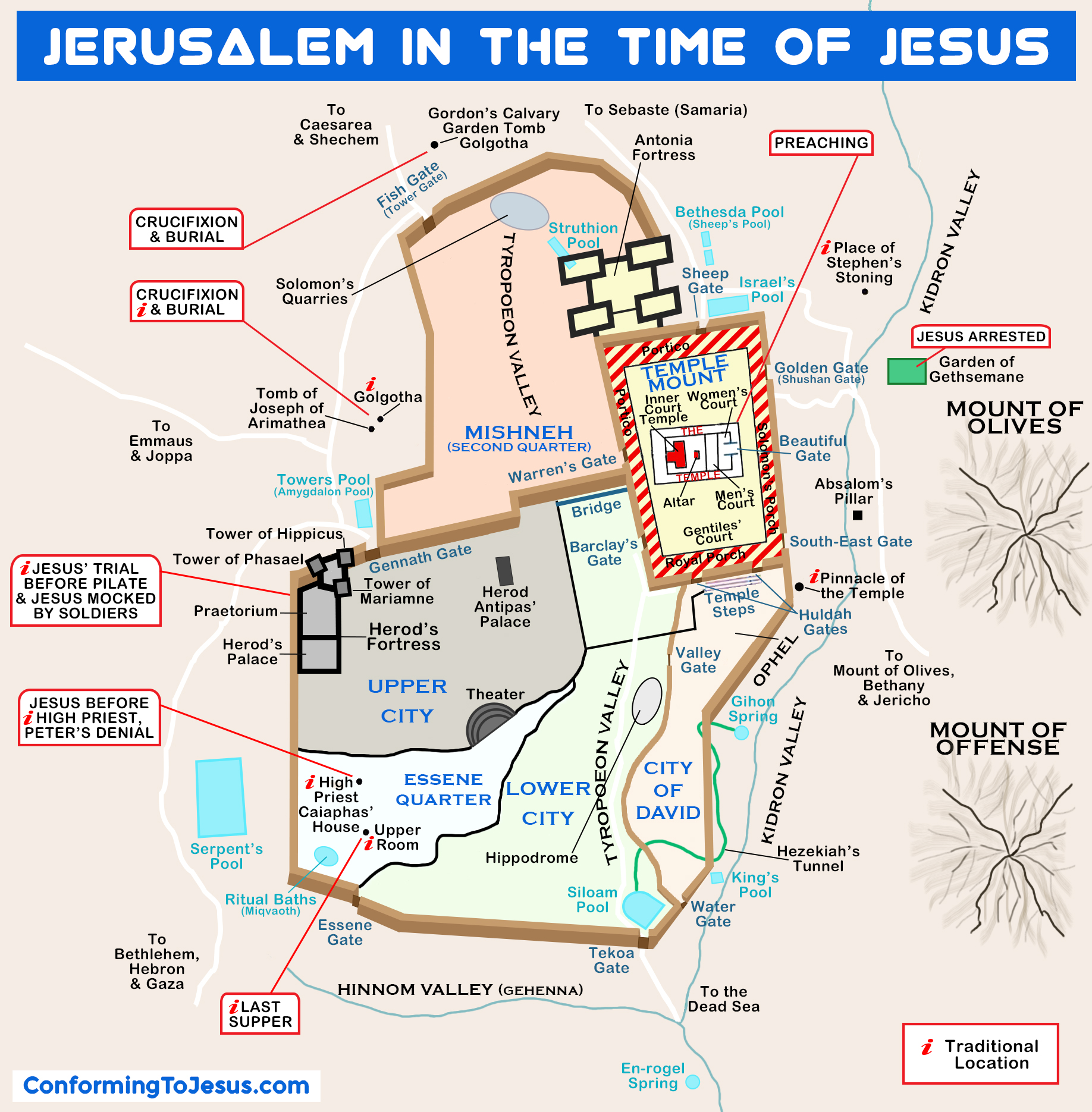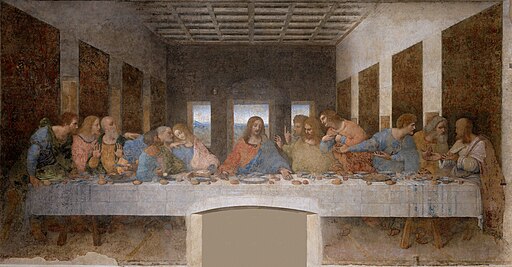LINK: Luke 24
BACKGROUND
Sunday at Sunrise
He is RISEN! This proves the Kingship of Jesus Christ! He fulfilled His claim that He would lay down His life and take it up again (John 10:17-18).
The order of events can sometimes be confusing when looking at all four accounts. I will try to explain it all in order.
Before sunrise, an earthquake happened and an angel rolled away the stone and frightened the guards of the tomb (Matthew 28:2-4).
At early dawn, the women who followed Jesus brought spices to anoint His body. The women mentioned were Mary Magdalene (Luke 8:2, Mark 16:9), the "other" Mary who was the mother of James and Joses and wife of Clopas (Mark 15:40; John 19:25), Salome (Mark 16:1), and Joanna (Luke 24:10). We do not know who the "other women" included (Luke 24:9). Since women bring people into the world, it was only appropriate that at least two mothers would be the first to discover the empty tomb!
Mary left to go and tell Peter and John (John 20:1-2). While she was gone, the other women saw two angels who told them Jesus had RISEN (Matthew 28:5-7; Mark 16:5-7; Luke 24:4-8). The Matthew and Mark accounts focus on only one angel.
Mary came back with Peter and John to tell them that Jesus was not in the tomb, but she did not know that He had risen (John 20:2). Isn't it funny that John, the author, would say that he beat Peter in a foot race back to the tomb (John 20:4)? They saw the linen wrappings but still did not understand that Jesus had risen (John 20:9). So, they went back to their homes.
Many commentators believe that Mark ended his gospel here and an anonymous writer added Mark 16:9-20. They believe this was done shortly after A.D. 100.
Later in the Day
This is Jesus' fourth appearance. Emmaus was a small village seven miles northwest of Jerusalem. Since these verses say two of "them," it indicates that they were part of the disciples who did not believe Mary's report (Mark 16:10-11). They did not recognize Him because He was in a "form of a different kind" (Mark 16:12). He told them all that was in Moses and the Prophets. That is what I do when I share Jesus with others. I start in the first book of Moses, Genesis (Genesis 3:15 is the first prophecy about Jesus), and help them to see the undeniable Scarlet Thread of Redemption from Genesis to Revelation. Join me!
It was not until after He had broken bread with them
that their eyes were opened enough to recognize Him. Then they recalled how His words had burned in their hearts. They hurried back to Jerusalem to tell the disciples.
One commentator believes the two disciples were Cleopas and his wife because usually when there was no name mentioned, it was probably a woman, but they mentioned all the other women in the resurrection events. So why would they not mention her?
While Cleopas and his friend (or wife) were excitedly telling the
disciples about their experience, Jesus appeared in the shut room (John 20:19).
They were afraid even though some of them had already seen Jesus. He greeted
them in peace and calmed their fears by showing them His hands and feet and
eating. He really was bodily there and not just a ghost. This was just too good
to be true (Luke 24:41). Jesus really was alive!
And with that, He commissioned them to go out and tell the world
that He was alive! He said, "Receive the Holy Spirit." This is reminiscent
of how God breathed life into Adam (Genesis 2:7). They had been given
"breath" for their spiritual life. The full baptism of the Spirit
would come at Pentecost (Acts 2)!
John 20:23 is confusing. It does not mean that the disciples were
the only ones who had the authority to forgive sins, but they "proclaimed
forgiveness on the basis of the message of the Gospel" (The New Testament: An Expanded
Translation). As they went out, they announced the good news of salvation in
Jesus Christ that if a sinner repented and believed in Jesus Christ, their sins
would be forgiven! If they believed, the messenger could proclaim, with
authority, that their sins were forgiven by God.
Here are more events not recorded in Luke but important for understanding the chronology of events:
Eight days later
249. Jesus appears to the disciples in Jerusalem: Luke 24:44-49
He appeared to His disciples over a period of 40 days and did much of what He did with the two disciples on the road to Emmaus where He talked about The Scarlet Thread of Redemption starting in Genesis 3:15 and throughout all the prophecies about Him in the Old Testament. This time it says He talked about the prophecies in the Psalms too.
He commissioned them to preach repentance and forgiveness of sins to all the peoples (see Event #248 to see what that means). Luke goes on to tell us how the disciples did that in the book of Acts! Stay tuned! It is all so very exciting.
He also told them to wait until they received the Holy Spirit (Acts 1:8) which will be described in Acts 2.
Forty days later (Ascension Day)
 |
| Gebhard Fugel [Public domain], via Wikimedia Commons |
250. Jesus ascends into heaven: Mark 16:19-20, Luke 24:50-53, Acts 1:9-12
The gospel accounts overlap with the beginning of Acts. Jesus has given His commission. Now it was time to leave the earth and go back to the right hand of God, the Father (Mark 16:19; Acts 7:56). After Jesus left, the Acts account records two angels in human form (Luke 24:4) telling them of Jesus' return on the Mount of Olives (Revelation 1:7; Zechariah 14:4).
This caused them to go back to Jerusalem and the temple with GREAT JOY, praising God! Then they preached/proclaimed the gospel everywhere with signs authenticating the message of salvation through Jesus (Mark 16:20)!
Fifty days later
251. Pentecost: Acts 2
Read about it in Acts 2 of the Bible Book Club, and join me for the rest of the New Testament!
REFLECTION/APPLICATION
I love the fuller Luke account of the people on the road to Emmaus. Jesus explained to them all that God had said to them from Moses and the prophets (Luke 24:35-43). In a later appearance in Luke, He also mentions the Psalms (Luke 24:44). Also read about the Ethiopian eunuch in Acts 8:30-31. All three incidences point to the importance of the Old Testament.
I firmly believe that we cannot truly appreciate the fullness of the Gospel until we understand the Old Testament. Everything falls together, and it strengthens your faith!
If you have not joined me in YEAR ONE and YEAR TWO of the Old Testament in the Bible Book Club, I hope you can soon!
Here is my story: How the Bible Book Club Came to Be
I just want to encourage you to open Genesis and start reading, no matter how long it takes you. Take your time and linger long and learn about The Scarlet Thread of Redemption from Genesis to Revelation. Then ask God how You can apply it. I am passionate about YOU being transformed through the pages of Scripture as you read with the Holy Spirit (John 16:13-15).
PRAYER
Thank You for making Your purpose so clear through Your Word. We love You and ask that You transform us to be more like You as we dig into Your word. Amen.






